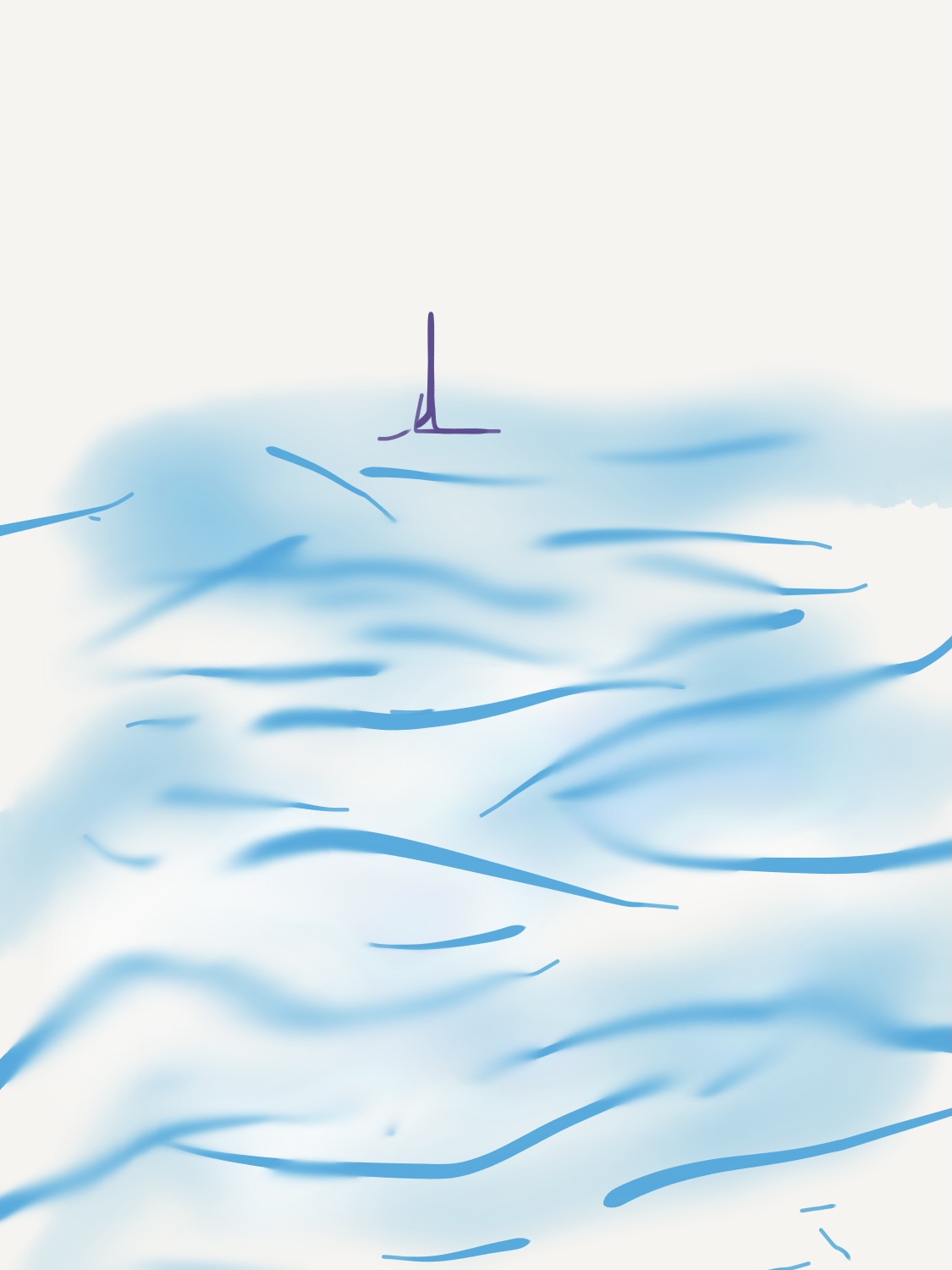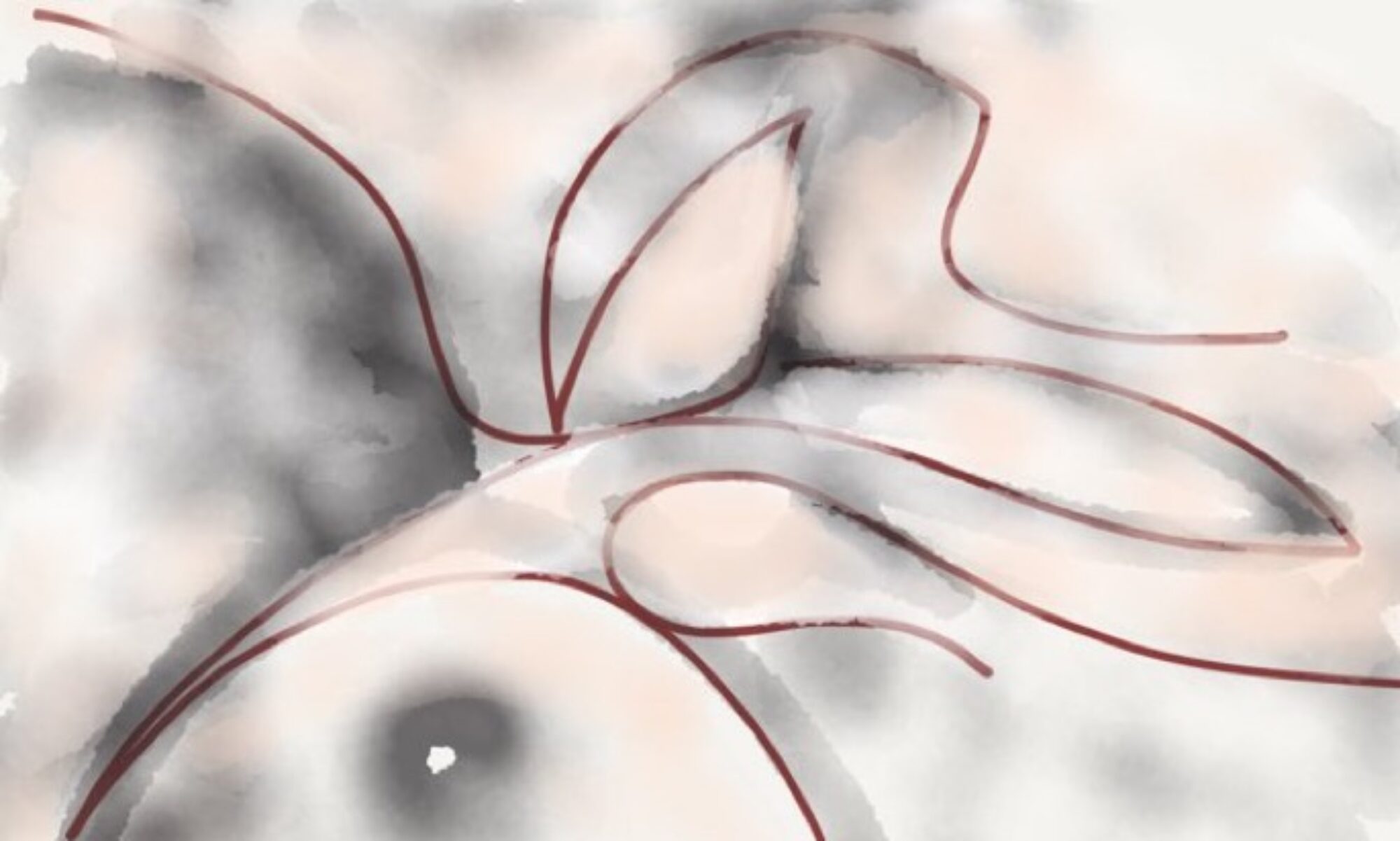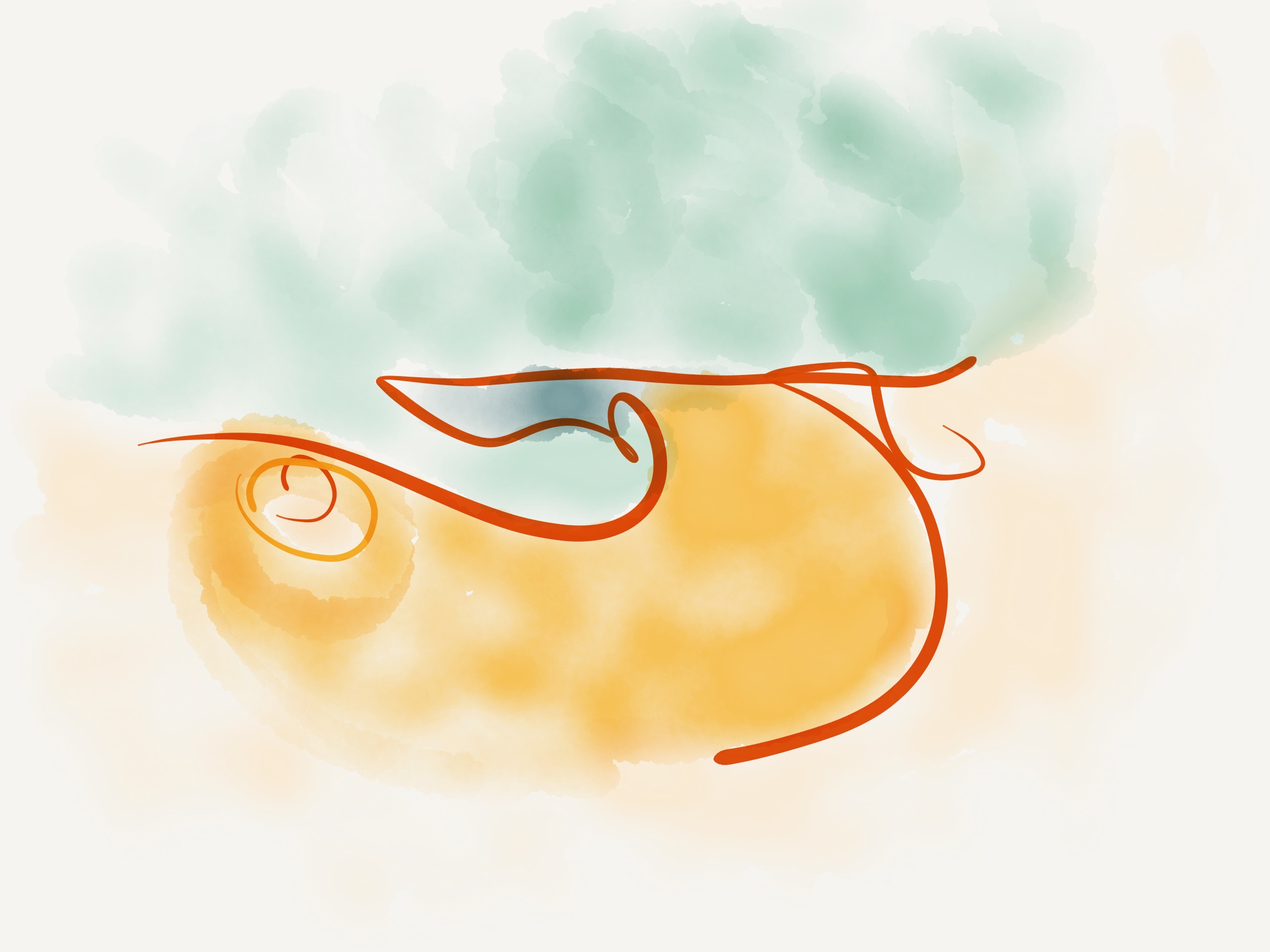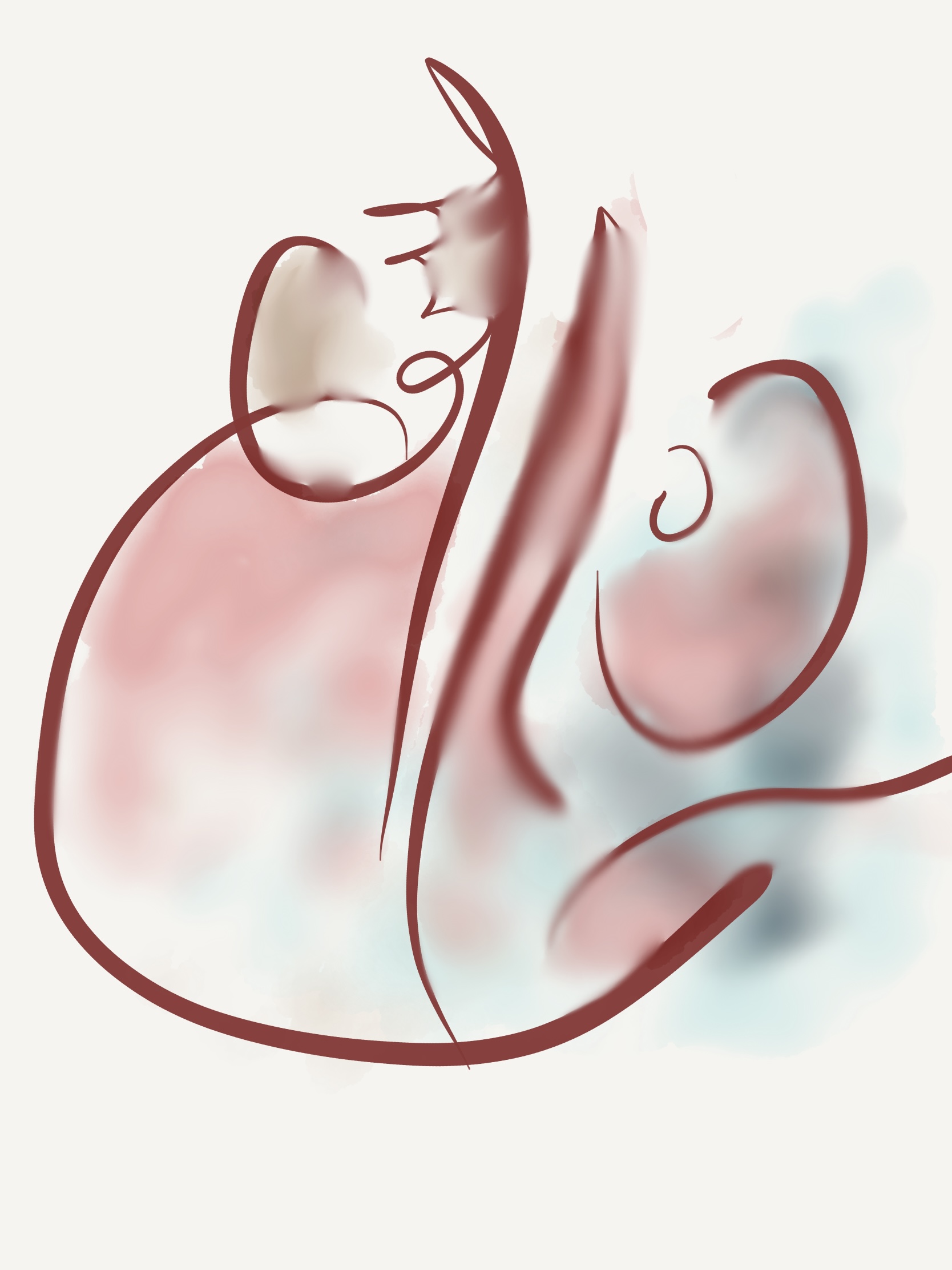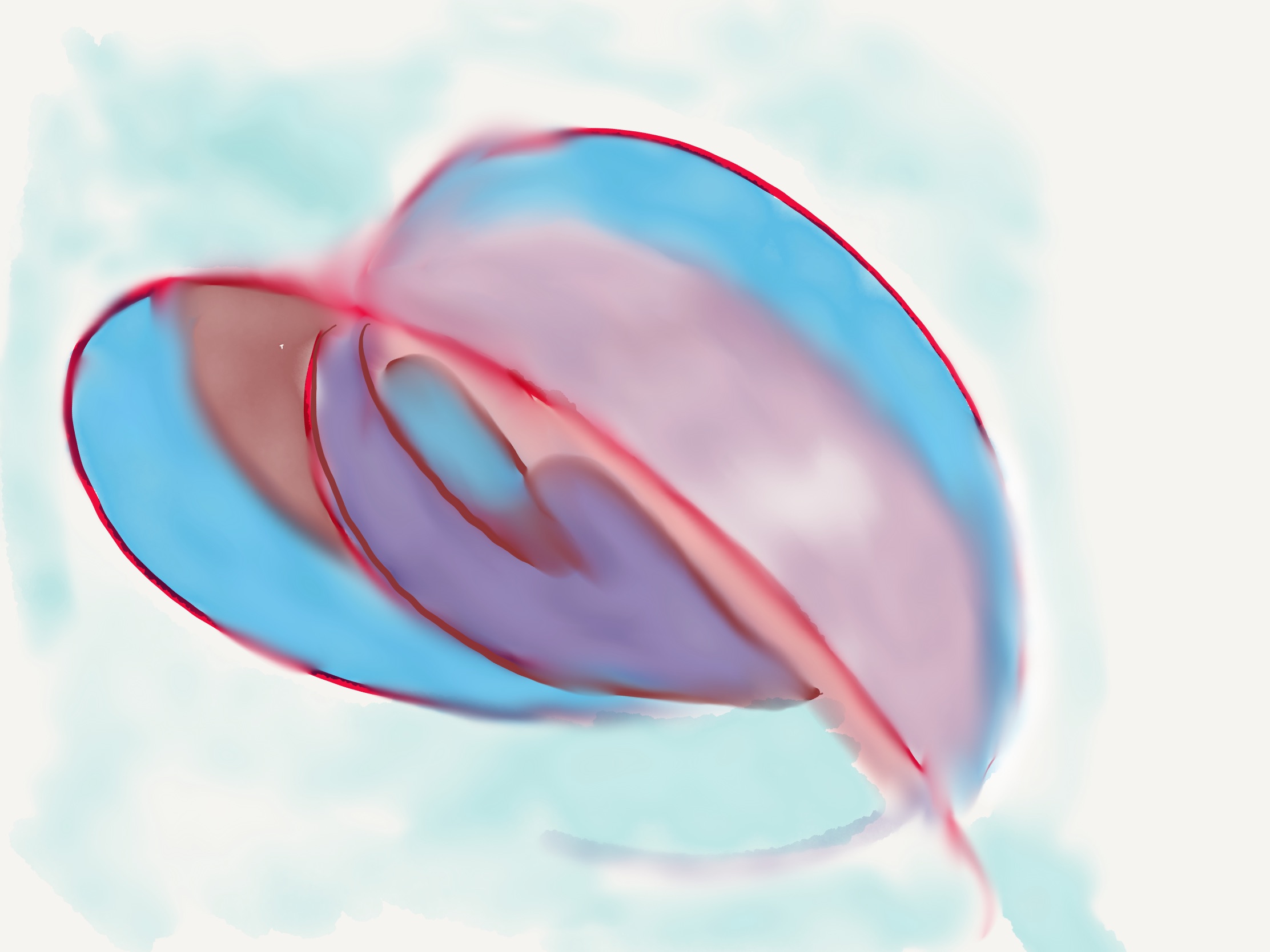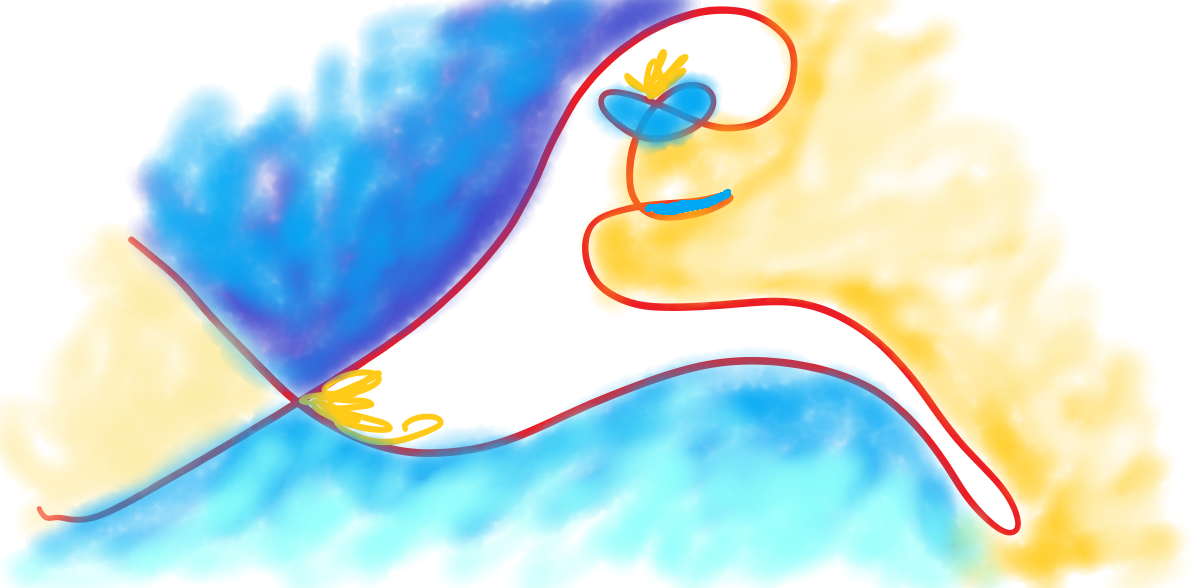Strategy for reaching the unreached: a transformative agenda with CSIR
Extremely energetic and empathetic discussions with the DG, CSIR generated many opportunities for achieving grassroots inclusive development through a) CSIR social technologies reaching the people who need them, b) seeking unmet social needs through students and scientists to develop future technologies, c) develop a Think and Action Tank to develop capacity to interpret, and ingeniously shape the public polices for development and diffusion of innovations from, and for grassroots as well as small industries, and d) blend the informal knowledge systems which helped Indian society survive for millennia with the best of the formal science and technological knowledge systems.
The proposal has three parts, action Learning, Leveraging the student and alumni power, and Linking unmet social needs with students, faculty through Knowledge Networks:
Specific initiatives:
Action Learning
A) Setting up a Think & Action Tank based in Ahmedabad to serve four key purposes a) develop contingent strategy for social technologies of lab and link them with unmet needs in that domain with the communities, small enterprises and NGOs, market based agencies etc., b) blend these with grassroots or third party innovations (from IIT, DRDO, other labs) innovations where needed, c) market research for each technology to find right conduit and incentive system for delivery channel partners, d) identify the institutional, policy and cultural imperatives for creating demand/market of social/small industrial technologies.
About ten IIM graduates in different disciplines supported by a few experienced staff to coordinate will constitute the think and action tank. The team will visit labs and collect information and work with the scientists to co-create strategies as the need may be
B) Pool existing technologies in different verticals such as energy, water, waste management, farming, quality management, food and nutrition etc. The best elements of each solution must be assessed. The more robust tech among these is made the base of synthetic future solutions. The relevant form, feature ad functions of selected technologies are pooled and embedded/blended/bundled to create multiple choices for users. Instead of a large number of sub-optimal solutions, a few robust, granular, adaptable, resilient and affordable (ASSURED) solutions must be developed. A consortia/network approach will be taken, similar to AICRP (All India Coordinated Research Projects) of ICAR without hierarchical dominance of any one institute or scientist. Lot of solution per se may not diffuse but when blended or bundled with solutions of others, they may.
URDIP has made a compilation, which needs to be updated and then form, feature, function wise summary needs to be prepared and knowledge networks meetings planned
C) Targeting MSME industrial clusters: CSIR has many industrial technologies and many have had transformative impact on the developmental trajectory of the country. However, for every one technology that has made an impact, many still languish on the shelves in the labs. One way to overcome inertia is to target each MSME industrial cluster with appropriate technologies together with ideas from TECHPEDIA.sristi.org (it has information of more than more than 200,000 engineering projects). A database of expired and abandoned US patents is under preparation and it can also be used to extract open technologies for dissemination. Idea is that when we target clusters, we pool all sources of information available or accessible to CSIR and after internal review of the efficacy of the portfolio or bundle of technologies, the same is tagged along and shared.
The technological challenges can also be issued on techpedia.in and best submissions may be recognised through internship in the labs.
Leveraging
D) ACSIR: Making young scientists more empathetic towards societal unmet needs:
there are some courses already which are supposed to create opportunities for students for rural immersion, these are done when it suits each student, I am not sure if these reports are pooled or analyzed. I am also not aware of the number of experiments started, stopped or modified based on the community feedback or industrial cluster feedback.
D.1 My suggestion is to have a weeklong mooc of seven sessions of three hours each every year for all the students at the same time with distributed design of assignment. After a month, each students uploads what she/he did to search, spread and celebrate innovations and identify the unmet social needs as per Honey Bee Network innovation cell approach. Students are asked to like and vote the ten or fifteen best assignment to be shared through MOOC of one week again.
D.2 Students should suggest which experiments may now be stopped, started or modified in the light of user feedback. They may also suggest the need for more triangulation if the seeds of doubt have been sown. We will request DG/former DGs to give awards to student and they spend a few days with top scientists of the country just to be there, absorb their presence and ashirwad.
D3. Each abstract of the student projects be uploaded on Techpedia.sristi.org and students may do a stripe review of all the projects at the portal (200,000 +) in their specific domain, identify the knowledge gaps vis a vis what the society needs, what is happening globally and what our students are doing.
D4. Nominations for GYTI awards (gyti.techpedia.in), given away this year by the honorable President of India, maybe mobilized from ACSIR so that more bright students get recognition.
D5. Special funds for incubating student ideas into start-up through a virtual incubator to be set up in collaboration with venture center, NCL, Pune, GIANastre and Bionest incubators.
D6. Annual meeting on Innovation, Investment and Enterprise in collaboration with ACSIR, GIAN and other partners to review the progress of the Golden triangle of linking these vectors. We can have it at IIMA or in Delhi.
D7. There can be an annual clearing house of glorious failures in research, something one has been trying for over five years and results have not been as per the expectations. Lessons from these will be drawn and that will be the major output.
E) CSIR Alumni association: CSIR has a huge alumni base of students, many in prestigious position around the world but CSIR has not harnessed their social capital for taking the missions of CSIR forward. They have never been mobilized to mentor, contribute in outreach activities, contribute funds for specific student related facilities, and also for supporting social media outreach about CSIR activities.
Likewise, there are outstanding retired scientists who have never been systematically mobilized for mentoring students, start-ups, and contribute voluntarily towards social outreach and translational research. There is a need to build such a database and organize reunions. One can also share challenges with them and hope that some of them will rise to the occasion.
F) Research on Translational models for different kind of technologies, domains and target groups of users: this is a highly neglected area of research. I propose we do action research with the help of a young team of voluntary scientists to pursue what contingent condition of users demand which kind of models of co-creation or finishing bench level technologies into products. Special stress on open source Do IT Yourself (DIY) technologies and may be an instructable.com (how to make anything) kind of platform of needs to be created for Indian contribution to the world. We can combine Honey Bee Network database with lab research to bring innovations from and for grassroots together. Making your own water filter of high quality could be one of such solution; likewise saving energy and waste recycling, food and nutrition, construction and repairs etc., could be other areas.
I recently proposed four basic translational models: one, we make a readymade cloth and give it to the user, take it or leave it. The user has no choice except to use it as it is. Second: we give semi-stitched cloth to the users and they get it finally stitched accordingly to their needs to have final dresses. Users have some choice to shape the final form of the solution. Third: we talk to users, understand their needs and then jointly design, weave and stitch the cloth they need. A need driven collaborative design model. Fourth: we study the way users cope with the problems, identify the most successful or healthy users who have either not faced the problem or have resolved it through their own knowledge and creativity. we build upon it, add value and improve the effectiveness of local solution/s. To illustrate, Robert Abramovitch, a Michigan State University microbiologist and TB expert, recently found that a centuries-old Chinese traditional medicine artemisinin helped in control of TB by not letting Tb bacterium become dormant (Otherwise, patients get a false sense of relief during dormancy making treatment longer and more difficult).
There could be several reason why translational gaps arise: a) technologies developed by CSIR labs and other institutions are available but because of lack of funds for in-field testing at multiple location, finishing inadequacy, some design or communication bottlenecks etc., these are not reaching enough users; b) some technologies have indeed reached, such as CFTRI tech for making powder our of buffalo milk (without which white revolution would not have come about), or NCL technology for low pressure membrane which could be fitted in hand-pumps, but these have not provided a piggybacking system for other technologies; c) the needs of the small industries and other potential users are not being put on the agenda of tech students and faculty systematically (see results of an experiment with Guj Tech Univ at techpedia.sristi.org some years ago). The need assessment is a complex issue ( see matrix below) and may need to be taught to ACSIR students; d) the problems don’t pose enough technological challenge to high tech institutions so that they fail to get enough attention, and e) the conversion of proof of concept solutions developed by students are not supported by industry clusters to become products, in fact, some will argue that the clusters don’t demand new solutions.
The interaction between institutional assurances, and user’s capacity and willingness to solve problems generates following taxonomy of solutions and contingent client need assessment models (Gupta, Dey, and Singh, 2017, J. Open Innov. Technol. Mark. Complex. 2017, 3(3), 17; https://doi.org/10.1186/s40852-017-0062-3; Gupta, et al, 2016, https://jopeninnovation.springeropen.com/articles/10.1186/s40852-016-0038-8, Dey, Gupta and Singh, 2017, https://journals.sagepub.com/doi/abs/10.1177/0971721817723242?journalCode=stsa):
I will help organize translational strategy design workshops through GIAN and SRISTI for the interested scientists
G) Workshop of Grassroots innovators and CSIR scientists involved in applied research/social technologies at ICCIG.org: Fourth international conference on creativity and Innovation for/from/with grassroots is being organized at IIM Ahmedabad, Jan 28-30, 2019. It will be very useful if we have 20-25 scientists from different backgrounds having social technologies nominated to the conference for interacting with grassroots innovators and learn about how innovations emerge from below, what can they learn and share with such creative people. If experiment proves useful, such interactions can be organized once a quarter in different regions of the conference. If they need feedback from the participants about what changes they need to make in tech specification to reach the local communities, then their worksheet can be kept in registration kit and each participant can be requested to give feedback on technologies they understand and know a little about. CSIR can support this workshop as a part of ICCIG.org. CSIR can become a co-sponsor of the conference also. A small workshop can b planned of such grandmothers who have never consulted a doctor to understand healthy life styles and food systems at ICCIG from the fellowship.
Linkages:
H) Linkage with Krishi Vigyan Kendra ( KVK) of ICAR:
ICAR has a about 200 ha experimental and demonstration agro knowledge center in almost every district of the country. There is no reason why CSIR cannot join hands with ICAR and start showcasing the field oriented technologies at KVKs. I have already shared the correspondence I had with DG, ICAR who will be happy to have such a dialogue. This is a very strategic opportunity to blend where needed and showcase as complimentary food, water, chemical, microbial, energy, or mechanical technologies to illustrate. This will immediately give an outreach of unprecedented nature to CSIR.
I will facilitate such a meeting so that we can have a MOU and start the all India tech trial process (I will not call it demonstration because in most cases, it may not have been tested under the specific agro-ecological circumstances). Till it is proved, it is a trial, afterwards, it becomes a demonstration.
j) Linkage with IITs, DRDO, ISRO and satisfied clients: I had organized four innovation workshops with DRDO labs and ISRO. Participants shared their technologies that they can spin off and also the technologies that they wish to Spin-IN, that is what they needed from outside and what they could give to outside, for either strategic organizations only or for any civil organizations. They have new alloys and many other materials and other technologies, CSIR could take these forward and thus expand its repertoire of solution-in-works. Every year, there could be a clearing house with strategic organizations, their unmet needs could be mapped ad available solutions of interest to their sectors could be shared. Similar, interactions are need with other strategic organizations. For example, I was with MD of Amul during the last two days with me at FAO meeting on innovations. He has never been approached about other technologies developed in milk or dairy sector after initial transfer of milk powder technologies decades ago. A concerted effort should be made to reconnect with satisfied clients who have enjoyed fruits of CSIR labor satisfactorily. Why should such positive social capital be frittered away?
k) Linking research in Honey Bee Network with CSIR research: The research at GIAN, India’s first grassroots innovation incubator set up in 1997 and SRISTI (1993 ) besides earlier at NIF( 2000) will be leveraged to trigger joint and deep explorations of how formal and informal knowledge systems can be fused or complimented. GIAN offers unique insights about incubating mechanical technologies many of which have been marketed abroad and SRISTI about biological solutions for grassroots communities. Some of the young scientists can be seconded to work with these institutions to absorb the cultural, institutional and technological knowledge and values at grassroots level. Shodhyatras (learning walk) could be introduced as an elective for ACSIR students as well to learn from four teachers (teacher within, among peers, in nature and among local communities). Studies of centenarian grandmothers; linking soil, plant, animal and human health; Children creativity and innovation; community food and nutrition labs, persistent inertia in addressing the problem faced by rural women, and numerous other areas can be explored for joint research. Recently, a doctoral student and now CEO, GIAN, Dr Anamika Dey pooled and interpreted thirty year long time series data collected during 1988-89-2014-15 at decadal interval) on climatic fluctuations in a flood prone region and adaptation by farmers in eastern UP through agro-biodiversity management (see list of papers in annexure). I will continue this study with next round due in 2023 in association with Dr Dey at GIAN. She also addressed the issue of women’s role in climate resilience through local knowledge (World Development 2018, 103: 336-359 https://www.sciencedirect.com/science/article/pii/S0305750X17302553).
Some of the social technologies can be showcased at sattvik: traditional food festival organized by the network, SRISTI every year at Ahmedabad (Dec 22-25, 2018). Last year we got 70,000 people in three days. It can be a rewarding experience for market research, dissemination and consumer feedback besides foresight about gaps in aspirations and existing solutions.
Mobile community food and innovation lab of GIAN can take up CSIR technologies also for generating field feedback particularly in tribal regions.
Finally, special effort will be made to bring out a couple of books under a series with Springer-Nature being jointly edited by I and Dr R A Mashelkar on scientific and technological breakthroughs for inclusive frugal innovations. Such books will be very useful for inculcating the spirit of making breakthroughs in research and innovations.
